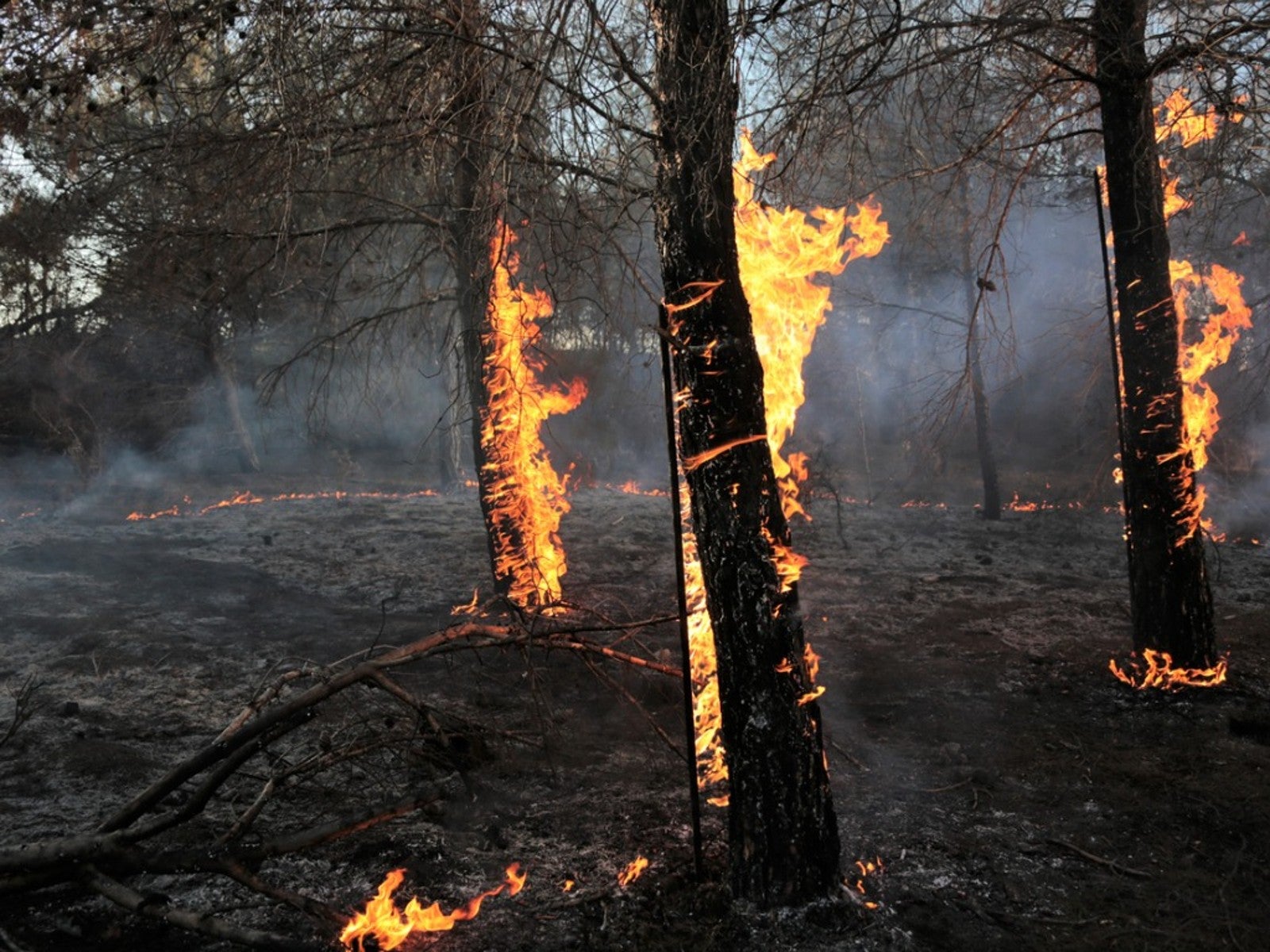Plant Adaptations For Fire-Prone Areas


With many wildfires in the west making the headlines these days, homeowners have questions about whether their landscapes will return to their pre-fire condition. In fact, plants vary widely in their response to fire and, over time, adapt to it. Plants that have adapted to fire are best for fire-prone areas. If you are wondering about the different ways that fire affects plants, read on.
Mediterranean Climates and Wildfire
California’s climate is termed a Mediterranean climate, with winter rains and dry, hot summers. Mediterranean climates are also found in Europe and the coasts of Chile, South Africa, and Australia. These areas are prone to regular wildfires and their native plants are often adapted to these fires.
Plants that have adapted to fires have developed biological characteristics that help them survive the heat and smoke. Introduction of new species, however – like extremely flammable cheatgrass in Nevada’s rangeland – can reduce the effectiveness of plant adaptations.
How Do Wildfires Affect Plants?
Not all wildfires are the same, nor are plant responses to fire. Often plant response depends on the wildfire temperatures – the hotter, the more damaging – and the amount of time the plants are exposed. Temperature may depend on factors like wind velocity, air humidity, and the type of fuel being burned.
Different plants also react differently to fire, something largely determined by their biology. Some plants are entirely killed back. Others, termed “fire adapted,” have developed some mechanism to help them survive. This may depend in part on their life stage at the time of the fire, with actively growing plants experiencing the most damage.
Note that the wildfire smoke effect on plants is not necessarily negative since it provides additional carbon dioxide. As long as the smoke allows sun rays to pass through, the plant can use that extra carbon dioxide in photosynthesis to produce additional food. If smoke and ash clogs plant pores, the plants will definitely suffer.
Fire Adapted Plants
How have plants adapted to fire? Some plants immediately send up shoots after fire has damaged their aboveground parts. They may grow shoots from their roots or rhizomes, sprout from the base of burned trunks, or from their root crowns or grass crowns.
Sign up for the Gardening Know How newsletter today and receive a free copy of our e-book "How to Grow Delicious Tomatoes".
Other plants have seeds that only germinate after a burn. These seeds wait until they are subjected to heat to grow. Some seeds simply tolerate high temperatures and are still viable after a fire. These are more accurately described as fire resistant plants.

Teo Spengler is a master gardener and a docent at the San Francisco Botanical Garden, where she hosts public tours. She has studied horticulture and written about nature, trees, plants, and gardening for more than two decades, following a career as an attorney and legal writer. Her extended family includes some 30 houseplants and hundreds of outdoor plants, including 250 trees, which are her main passion. Spengler currently splits her life between San Francisco and the French Basque Country, though she was raised in Alaska, giving her experience of gardening in a range of climates.